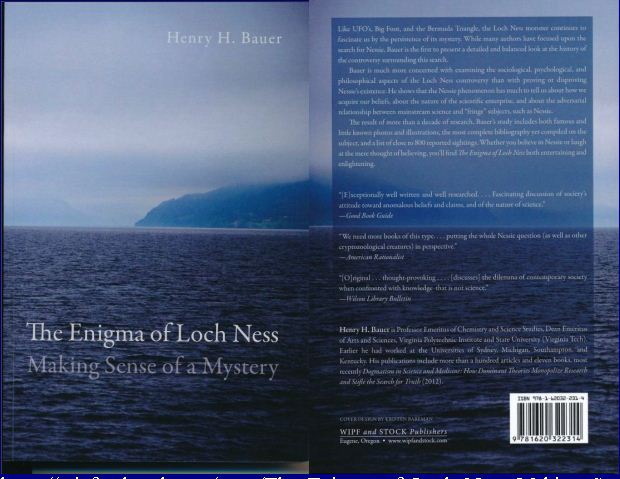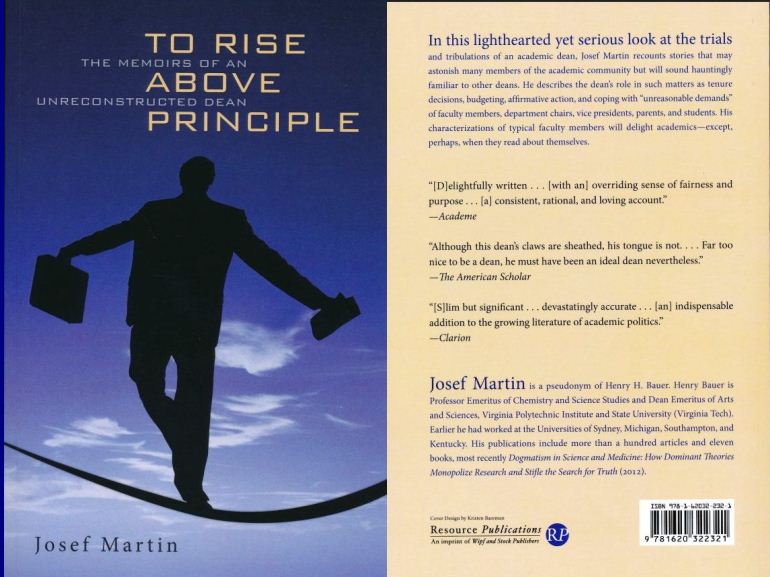Quite a number of specific mis-steps conspired to the acceptance and continuance of HIV/AIDS theory. They illustrate much of what has gone wrong with science: It is subject to interference by commercial, political, and ideological influences; it is comprised of a variety of institutions that do not interact usefully or reliably. Above all:
Science has no overarching watchdog to ensure
that theories change appropriately
as evidence accumulates
- 1.The first and crucial mistake was when the Secretary of Health and Human Services (Margaret Heckler) held a press conference at which Robert Gallo claimed to have discovered the probable cause of AIDS. Illustrated by this sad episode is political interference and the pervasive ignorance of how science works:
→ Gallo had not yet published anything. Insiders regarded him as incompetent and untrustworthy. Investigative journalism later (2002) fully documented that he is an unscrupulous charlatan [1].
→ Heckler’s background was as a lawyer and a politically active Republican.
→ Activists had been campaigning vigorously for the Republican administration to do something about AIDS.
→ This official endorsement of Gallo’s claim acted as a signal that anyone who wanted research support from the National Institutes of Health (NIH) would likely be successful by proposing to work on HIV; virologists in particular were hungry for funding after their failure to discover cancer-causing viruses in the “war on cancer” [2]. - 2.An important contributing factor was statistical incompetence at the Centers for Disease Control (CDC):
→ Mistakenly taking “gay” rather than drug abuse as the most meaningful association with AIDS [3]. The CDC should also have been aware that AIDS-like symptoms had been quite common among addicts during the 1960-70s epidemic of so-called recreational drug use [4].
→ Initiated the misleading “young, previously healthy, gay men” characterization based on 5 cases aged 29-36, average 32.6 [5]. Its Task Force on Kaposi’s Sarcoma had found the average age of AIDS victims to be 35. When Cochrane [6] re-examined the medical records 20 years later, she found that the average age of the first 25 AIDS patients in San Francisco had been 38. This mattered crucially: The greatest risk for sexual infections is among people <30; lifestyle ailments are increasingly likely at older ages, more compatible with a decade or two of what used to be called dissolute living.
CDC researchers as early as 1987 failed to recognize the significance of their finding that, among Job Corps members at ages about 17 and younger, females are more likely to test HIV-positive than males [7]. - 3.The Army HIV Research Office also failed to recognize the significance of their finding that at ages about 17 and younger, females are more likely to test HIV-positive than males [8].
- 4.Duesberg had published comprehensive debunkings of HIV in 1987 [9] and 1989 [10]. The latter has a footnote promising a rebuttal from Gallo that never eventuated, despite several reminders [11: 233].
- 5.As the years went by, more and more conundrums emerged whose significance was missed:
→ The purple skin-patches of Kaposi’s Sarcoma had been the iconic signature of AIDS, yet after half-a-dozen years they had become rare among AIDS patients.
→ The correlation between drug abuse and AIDS became stronger and stronger.
→ Prostitutes who did not use drugs were not at risk of becoming HIV-positive.
→ Drug abusers who used clean needles would more likely to test HIV-positive than those who exchanged needles.
→ Marriage and pregnancy are risk factors for testing HIV-positive.
→ Many further instances, with primary sources cited also for the points above, see The Case against HIV
Lessons:
The clearest general lesson is that policymakers and administrators should not take far-reaching actions on matters of science or medicine without advice from individuals who have at least an elementary acquaintance with the history of science and the understanding of present-day scientific activity incorporated in Science and Technology Studies (STS [12]). Anyone with that background would be familiar with the danger of accepting any scientific claim made by an individual researcher or administrator of research before the claim had even been published. The training of most scientists and most doctors neglects that important background.
A fairly general lesson is that competence in statistics may be sorely lacking even in an agency like CDC where gathering and analyzing statistical data is a central task. Much has been written during the last several decades about the pervasive abuse and misuse of statistics in medicine and medical science [13].
It is also not irrelevant that an overwhelming of proportion of those who were carrying out and reporting HIV tests were medical doctors, MDs or DVMs, rather than people trained in research. This is not to discount and the insights of the many MDs who have been able to learn from experience and to transcend some of the mistaken lore they were originally taught [14]. But medical training focuses on applying what is known, not on questioning it. By contrast, journalists who were covering the HIV/AIDS story [1, 15] had a more holistic mindset and noticed how inadequate the officially accepted view is.
A part of understanding what contemporary scientific or research activity involves is to recognize that the overwhelming proportion of individuals doing what is loosely called “research” or “science” are not engaged in seeking fundamental truths. Most of the published reports on HIV testing were based on taking for granted that HIV causes AIDS and gathering data for other purposes, say, recruitment into the Armed Forces, or the presumed need of for antiviral drugs in different regions of Africa; so those “researchers” had been blind to the steady accumulation of data incompatible with the view of HIV as a contagious infection.
Present-day institutions of medical science
are incapable of self-correcting a mistaken “consensus”
That is why society needs a Science Court
***************************************************************************
[1] John Crewdson, Science Fictions: A scientific mystery, a massive cover-up and the dark legacy of Robert Gallo, Little, Brown, 2002
[2] Peter Duesberg, Inventing the AIDS Virus, Regnery, 1996; chapter 4
[3] John Lauritsen, “CDC’s tables obscure AIDS-drug connection”, Philadelphia Gay News, 14 February 1985 (and five other papers); reprinted as chapter I in The AIDS war: propaganda, profiteering and genocide from the medical-industrial complex, ASKLEPIOS, 1993
[4] Neville Hodgkinson, AIDS: The Failure of Contemporary Science, Fourth Estate, 1996
[5] Pneumocystis Pneumonia — Los Angeles, Morbidity and Mortality Weekly Report, 30 (#21, 5 June 1981.) 250-52
[6] Michelle Cochrane, When AIDS began: San Francisco and the Making of an Epidemic, Routledge, 2004
[7] Michael E. St. Louis, George A. Conway, Charles R. Hayman, Carol Miller, Lyle R. Petersen, Timothy J. Dondero, “Human Immunodeficiency Virus Infection in Disadvantaged Adolescents: Findings From the US Job Corps”, JAMA, 266
(1991): 2387-91; Fig. 4 [authors’ training: 5 MD, 1 RN]
[8] John F. Brundage, Donald S. Burke, Robert Visintine, Michael Peterson, Robert R. Redfield. “HIV Infection among young adults in the New York City area”, New York State Journal of Medicine, May 1988, 232-33; Fig. 3 [authors’ training: 5 MD, 1 DVM]
Donald S. Burke, John F. Brundage, Mary Goldenbaum, Lytt I. Gardner, Michael Peterson, Robert Visintine, Robert R. Redfield, & the Walter Reed Retrovirus Research Group, “Human Immunodeficiency Virus Infections in Teenagers: Seroprevalence Among Applicants for US Military Service”, JAMA, 263 (1990) 2074-77; Table 1 [authors’ training: 4 MD, 1 DVM, 1 MS, 1 PhD]
Burke, D. S., J. F. Brundage, J. R. Herbold, W. Berner, L. I. Gardner, J. D. Gunzenhauser, J. Voskovitch, & R. R. Redfield, “Human immunodeficiency virus infections among civilian applicants for United States military service, October 1985 to March 1986”, New England Journal of Medicine, 317 (1987) 131-36; Fig 1 [authors’ training: 5 MD, 1 PhD, 1 DVM]
[9] Peter H. Duesberg, “Retroviruses as carcinogens and pathogens: expectations and reality”, Cancer Research, 47 (1987) 1199-220
[10] Peter H. Duesberg, “Human immunodeficiency virus and acquired immunodeficiency syndrome: correlation but not causation”, Proceedings of the National Academy of Sciences, 86 (1989) 755-64.
[11] Henry H. Bauer, The Origin, Persistence and Failings of HIV/AIDS Theory, McFarland, 2007
[12] “STS draws on the full range of disciplines in the social sciences and humanities to examine the ways that science and technology shape, and are shaped by, our society, politics, and culture. We study contemporary controversies, historical transformations, policy dilemmas, and broad philosophical questions” (Department of Science, Technology, and Society at Virginia Tech)
[13] Illustrated in many of the books cited in What’s Wrong with Present-Day Medicine
but see particularly the cited articles by Altman, Ioannidis, Matthews
[14] See for example in the books listed in [13] those by Angell, Brody, Goldacre, Gøtzsche, Greene, Kendrick, LeFanu, Ravnskov, Smith
[15] See books by Farber, Hodgkinson, Leitner, Shenton, in The Case against HIV






